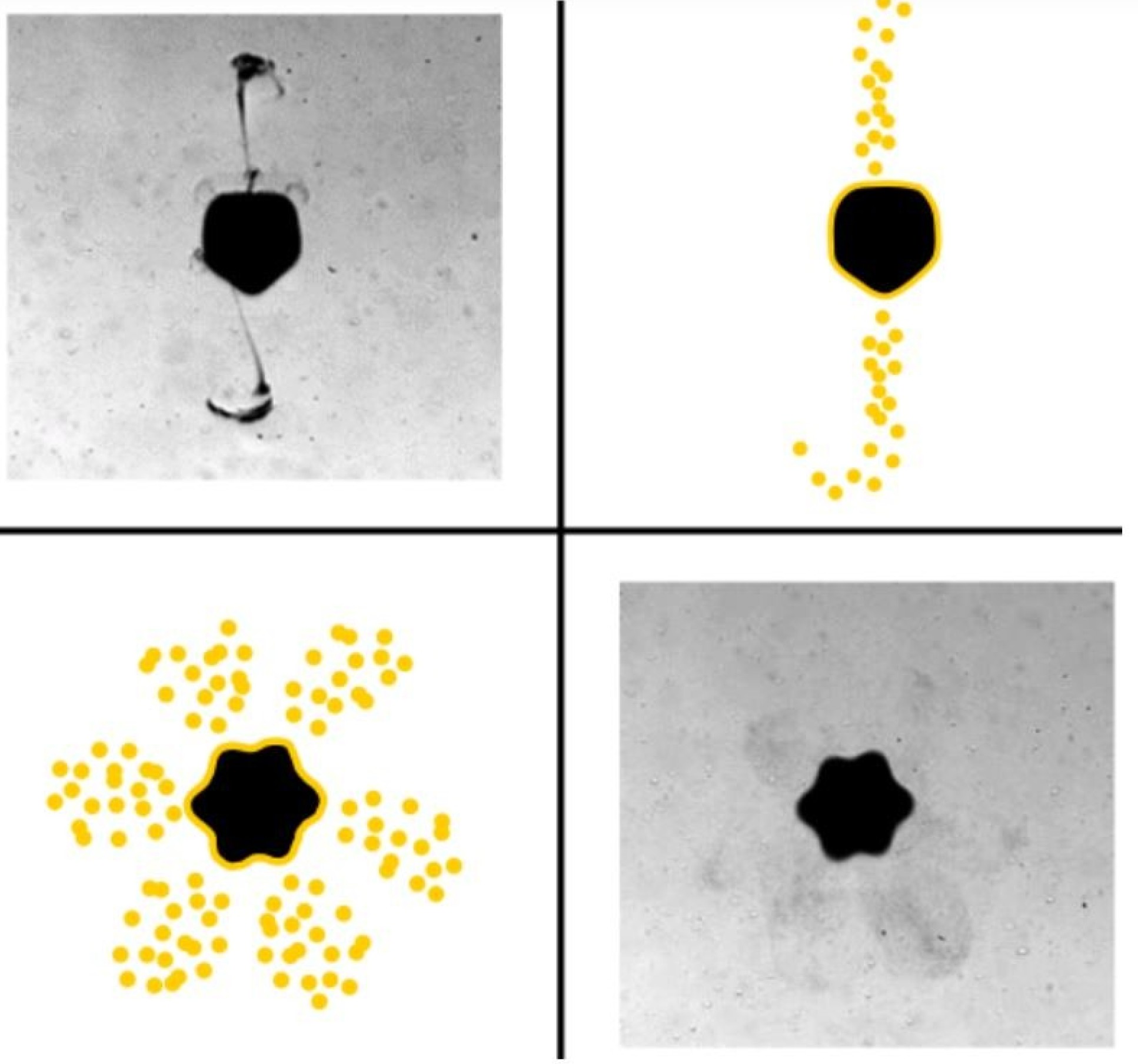New research has shown that microbubbles, which can be used to deliver drugs to remote parts of the body, can be manipulated by sound waves.
Drugs can sometimes be difficult to deliver to specific areas of the body. One way to reach these areas is via microbubbles, which are the subject of intense research for this purpose. Researchers can use several methods to manipulate these microbubbles, including the use of light and sound, although the potential of the latter remains largely unexplored.
Our findings suggest that acoustical tweezers could be even better than optical ones at manipulating microbubbles, as sound waves can reach deeper into the body Dr Valeria Garbin Department of Chemical Engineering
Now, new research has shown for the first time that sound waves, or ‘acoustical tweezers’, can manipulate and move microbubbles using ultrasound, can trigger the deployment of drugs from the microbubbles, and can do so in a localised way which means they can target specific body parts.
The early-stage findings on mimicked biological tissue could pave the way for directing drug-encapsulating microbubbles in the body.
The research was carried out by a team at Imperial led by Dr Diego Baresch and Dr Valeria Garbin in the Department of Chemical Engineering. It is published in Proceedings of the National Academy of Sciences.
Sound of success

Optical tweezers, which won the 2018 Nobel Prize in Physics, use light to trap and manipulate molecules, particles and cells – but the newly emerging technique of acoustical tweezers is based on ultrasound instead of light.
The forces generated on objects can be thousands of times larger than light, and ultrasound can penetrate through opaque media such as tissues – making it possible for the first time to consider serious avenues for biomedical use, such as manipulating and precisely positioning drug particles inside a patient’s body.
To test this, researchers at Imperial used a tool that uses an acoustical beam to trap an object without contact. They tested them through three layers of elastic material that mimicked biological tissue and were able to successfully control the movement and behaviour of the microbubbles.
They were also able to trigger the release of nanoparticles within the microbubbles using a specific sound wave.
By controlling this complex process on the scale of a single, isolated microbubble with acoustic tweezers, we are gathering fundamental information for promising biomedical applications. Dr Diego Baresch Department of Chemical Engineering
The researchers say the findings pave the way for a broader application of acoustical tweezers in biology and biomedicine, for instance for the localised and controlled delivery of medicine, or for tissue engineering using stem cells.
Co-author Dr Garbin, of Imperial’s Department of Chemical Engineering, said: “Our findings suggest that acoustical tweezers could be even better than optical ones at manipulating microbubbles, as sound waves can reach deeper into the body.”
Lead author Dr Baresch, who now works at the French National Centre for Scientific Research (CNRS), said: “By controlling this complex process on the scale of a single, isolated microbubble with acoustical tweezers, we are gathering fundamental information for promising biomedical applications."
Next, the researchers will look into biomedical applications of microbubbles, perhaps even in real biological tissue..
“Acoustic trapping of microbubbles in complex environments and controlled payload release” by Diego Baresch and Valeria Garbin, published 22 June 2020 in PNAS.
The work was funded by the Royal Society and European Research Council.
This story was adapted from a press release by the CNRS.
Main image: Shutterstock
Second image and video: © Diego Baresch, Institut de mécanique et d'ingénierie de Bordeaux (CNRS/Université de Bordeaux/Arts et Métiers Paristech/Bordeaux INP)
Article text (excluding photos or graphics) © Imperial College London.
Photos and graphics subject to third party copyright used with permission or © Imperial College London.
Reporter
Caroline Brogan
Communications Division

Contact details
Tel: +44 (0)20 7594 3415
Email: caroline.brogan@imperial.ac.uk
Show all stories by this author
Leave a comment
Your comment may be published, displaying your name as you provide it, unless you request otherwise. Your contact details will never be published.




Comments
Comments are loading...